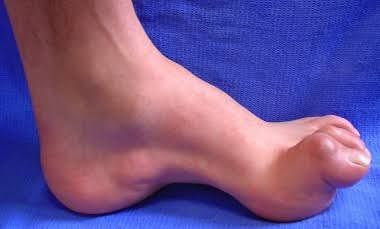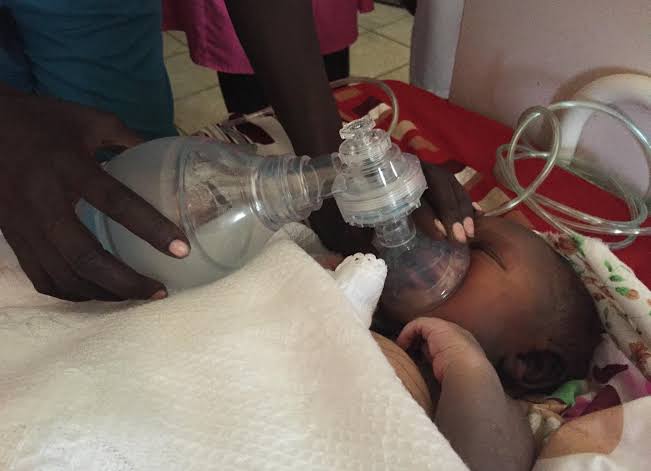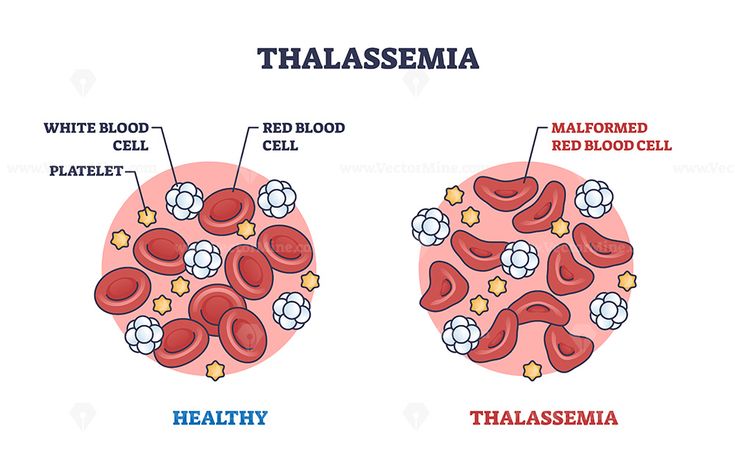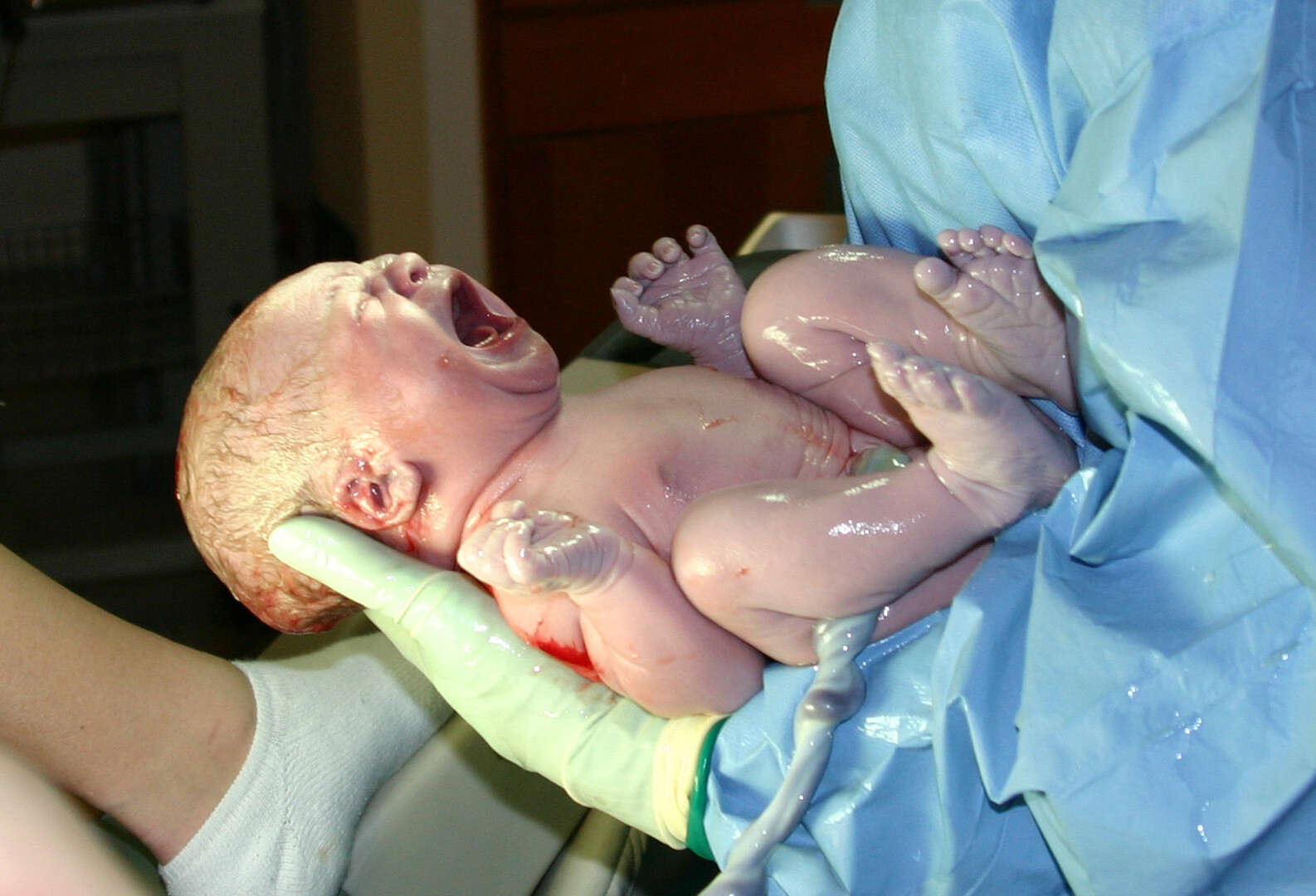
Hereditary neuropathies, also known as inherited neuropathies, are a large and heterogeneous group of genetic disorders that primarily affect the peripheral nervous system (PNS). The PNS encompasses all the nerves that lie outside the brain and spinal cord, connecting the central nervous system to the limbs, organs, and skin. These disorders are caused by mutations in genes responsible for the structure and function of peripheral nerves, leading to progressive nerve damage.
Understanding the Classification and Types of Hereditary Neuropathies
Hereditary neuropathies are broadly classified based on the primary part of the nerve that is affected, the pattern of inheritance, and the specific clinical presentation. The two main pathological subtypes are demyelinating, where the protective myelin sheath surrounding the nerve axon is damaged, and axonal, where the nerve fiber (axon) itself degenerates. This distinction is critical as it can be determined through nerve conduction studies and often points toward specific genetic causes.
The most prominent hereditary neuropathies include:
1. Charcot-Marie-Tooth Disease (CMT)
CMT is the most common type of hereditary neuropathy, affecting approximately 1 in 2,500 people. It is a group of disorders that cause progressive damage to the peripheral nerves, primarily leading to muscle weakness and sensory loss in the distal parts of the limbs (feet, lower legs, hands, and forearms).
- CMT Type 1 (CMT1): This is the most prevalent form and is characterized by demyelination. The damage to the myelin sheath slows down nerve conduction velocity, which is a key diagnostic marker. The most common cause of CMT1A is a duplication of the PMP22 gene on chromosome 17.
- CMT Type 2 (CMT2): This form is characterized by axonal degeneration. Nerve conduction velocities are typically normal or only mildly reduced, but the amplitude of the nerve signal is diminished, reflecting a loss of functioning axons. It is genetically more diverse than CMT1, with numerous associated genes.
- CMT Type 4 (CMT4) and X-Linked CMT (CMTX): These are less common forms distinguished by their inheritance patterns. CMT4 follows an autosomal recessive pattern, often presenting with more severe symptoms, while CMTX is linked to the X chromosome.
2. Hereditary Neuropathy with Liability to Pressure Palsies (HNPP)
HNPP is a distinct disorder characterized by recurrent, episodic, and painless focal neuropathies following minor pressure or trauma to a nerve. A common presentation is wrist drop after leaning on an elbow or foot drop after crossing the legs. Genetically, HNPP is most often caused by a deletion of the same PMP22 gene that is duplicated in CMT1A, highlighting the critical dose-dependent role of this gene.
3. Hereditary Sensory and Autonomic Neuropathies (HSAN)
This is a rare group of disorders where sensory and autonomic nerve fibers are predominantly affected, while motor function is often relatively preserved. There are several subtypes (HSAN I-V) with varying inheritance patterns and clinical presentations. The profound loss of pain and temperature sensation puts individuals at high risk for painless injuries, chronic skin ulcers, and severe joint damage (Charcot joints). Autonomic dysfunction can manifest as abnormalities in sweating, blood pressure regulation, and gastrointestinal motility.
4. Familial Amyloid Polyneuropathy (FAP)
Also known as transthyretin amyloidosis (ATTR), FAP is a progressive and often fatal systemic disorder. It is caused by mutations in the transthyretin (TTR) gene, which leads to the production of an unstable TTR protein. This protein misfolds and aggregates into amyloid fibrils, which deposit in various tissues, including peripheral nerves, the heart, kidneys, and eyes. The neuropathy is typically a progressive sensory, motor, and autonomic polyneuropathy.
Recognizing the Clinical Features
The clinical presentation of hereditary neuropathies can be highly variable, even within the same family. However, a common set of features can be identified.
- Motor Symptoms: The hallmark sign is slowly progressive, distally pronounced muscle weakness and atrophy.
- Foot and Lower Leg: This often begins with weakness in the muscles that lift the foot (dorsiflexors), leading to foot drop and a characteristic high-stepping “steppage” gait. Over time, atrophy of the lower leg muscles can result in an “inverted champagne bottle” or “stork leg” appearance.
- Hands and Forearms: Later in the disease course, weakness and wasting of the intrinsic hand muscles can occur, leading to difficulty with fine motor tasks like buttoning shirts or writing.
- Skeletal Deformities: Chronic muscle imbalance often leads to foot deformities such as pes cavus (high arches) and hammertoes. Scoliosis (curvature of the spine) can also occur.
- Sensory Symptoms: Sensory loss typically follows a “stocking-glove” distribution, affecting the feet and hands first.
- Negative Symptoms: Numbness and a reduced ability to feel touch, pain, temperature, and vibration. Loss of proprioception (the sense of joint position) can contribute significantly to poor balance and an unsteady gait.
- Positive Symptoms: Some individuals experience neuropathic pain, which may be described as burning, tingling, or electric shock-like sensations (paresthesias).
- Autonomic Symptoms: These are most prominent in HSAN and FAP and can include orthostatic hypotension (a drop in blood pressure upon standing), sweating abnormalities (either excessive or reduced), gastrointestinal problems (constipation or diarrhea), and erectile dysfunction.
Implementing a Multidisciplinary Management Strategy
As there is currently no cure for most hereditary neuropathies, management focuses on a comprehensive, multidisciplinary approach aimed at maximizing function, minimizing symptoms, and improving quality of life. The diagnostic process itself is a key first step, involving a thorough clinical evaluation, family history, electrodiagnostic studies (nerve conduction studies and EMG), and definitive genetic testing.
Once a diagnosis is established, the following management pillars are crucial:
- Physical and Occupational Therapy: This is the cornerstone of management.
- Physical Therapy: Focuses on maintaining range of motion through stretching, preventing contractures, improving balance, and implementing strengthening programs for unaffected muscles. Gait training and assessment for assistive devices are essential.
- Occupational Therapy: Helps individuals adapt to functional limitations by teaching new ways to perform daily activities, providing adaptive equipment (e.g., for dressing, cooking), and recommending modifications to the home or workplace.
- Orthotics and Bracing: Custom-made or prefabricated orthoses are vital for managing motor deficits.
- Ankle-Foot Orthoses (AFOs): These braces are highly effective in correcting foot drop, providing stability to the ankle, and improving gait efficiency and safety.
- Custom Footwear and Inserts: These can accommodate foot deformities, relieve pressure points, and reduce the risk of skin breakdown.
- Pain Management: Neuropathic pain can be a significant and disabling symptom. Treatment may include medications such as gabapentinoids (gabapentin, pregabalin), tricyclic antidepressants (amitriptyline), and serotonin-norepinephrine reuptake inhibitors (duloxetine).
- Surgical Interventions: In cases of severe skeletal deformities that impair mobility or cause pain, orthopedic surgery may be considered. Procedures can include tendon transfers to improve muscle balance or joint fusions (arthrodesis) to correct and stabilize the foot.
- Genetic Counseling: This is an essential component of care. A genetic counselor can help patients and their families understand the specific genetic diagnosis, the inheritance pattern, the risk for other family members, and options for family planning.
- Disease-Modifying Therapies: While most neuropathies lack a specific cure, significant progress has been made for FAP (ATTR). A new class of drugs, including TTR stabilizers (tafamidis) and gene-silencing therapies (patisiran, inotersen), can slow or halt the progression of the disease by preventing the formation of amyloid deposits. This represents a paradigm shift from purely symptomatic treatment to targeted molecular therapy.
Conclusion
Hereditary neuropathies are a complex and varied group of genetic conditions that pose significant lifelong challenges. A precise diagnosis, achieved through a combination of clinical assessment, electrophysiology, and genetic testing, is fundamental to providing appropriate care. While management has traditionally been supportive—relying on physical therapy, orthotics, and symptomatic treatment—the advent of disease-modifying therapies for certain types, like FAP, offers hope for a future where the progression of these debilitating disorders can be controlled. A collaborative, multidisciplinary team approach remains the most effective strategy for optimizing function and enhancing the quality of life for individuals living with these conditions.
References
- Pareyson, D., & Marchesi, C. (2009). Diagnosis, natural history, and management of Charcot-Marie-Tooth disease. The Lancet Neurology, 8(7), 654-667.
- National Institute of Neurological Disorders and Stroke (NINDS). (2023). Charcot-Marie-Tooth Disease Fact Sheet. Retrieved from https://www.ninds.nih.gov/health-information/patient-caregiver-education/fact-sheets/charcot-marie-tooth-disease-fact-sheet
- Bird, T. D. (1998, updated 2020). Hereditary Neuropathy with Liability to Pressure Palsies. In GeneReviews® [Internet]. University of Washington, Seattle.
- Rotthier, A., & Baets, J., Timmerman, V., & Janssens, K. (2012). Mechanisms of disease in hereditary sensory and autonomic neuropathies. Nature Reviews Neurology, 8(2), 73-85.
- Adams, D., Gonzalez-Duarte, A., O’Riordan, W. D., et al. (2018). Patisiran, an RNAi Therapeutic, for Hereditary Transthyretin Amyloidosis. The New England Journal of Medicine, 379(1), 11-21.







